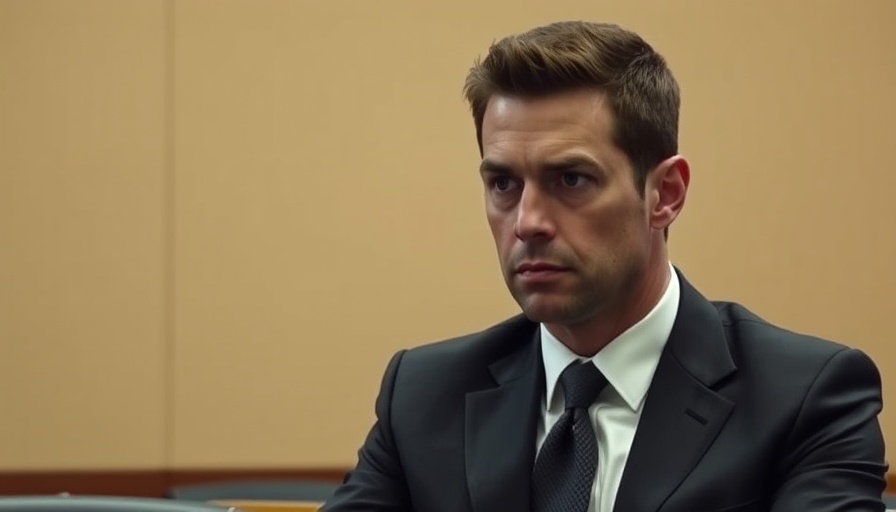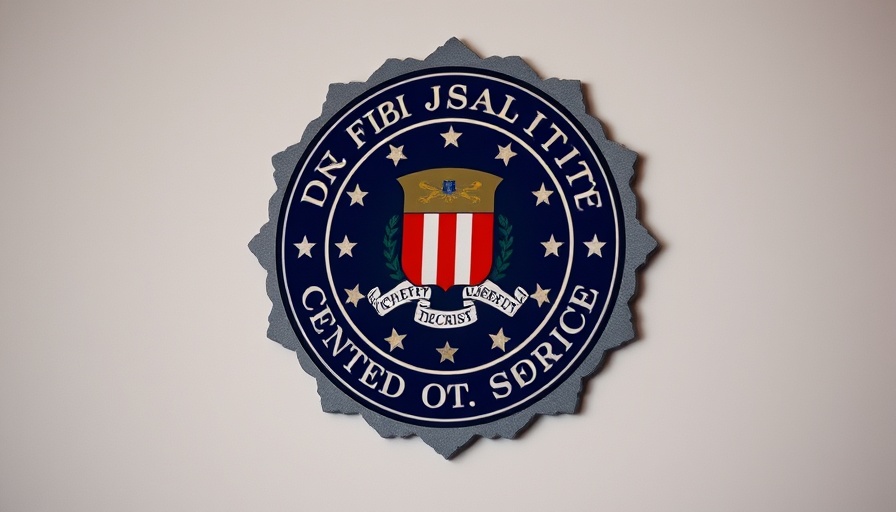
The Dawn of Drone Surveillance: A New Era in Law Enforcement
In recent years, the advent of drone technology has revolutionized various sectors, including law enforcement. This innovative tool offers a bird's-eye view that can be pivotal during emergencies and criminal incidents. As evidenced by the Scottsdale Police's swift action in capturing a would-be art thief, drones serve as an indispensable resource in modern policing. The incident on January 7th, where drones played a crucial role in thwarting a burglary at the American Fine Art Gallery, demonstrates the efficacy of such technologies in enhancing operational efficiency.
How Drones Enhance Public Safety Efforts
Drones contribute not just to law enforcement but also to improving community trust and safety. By monitoring large areas quickly and efficiently, police departments can ensure a quicker response time to incidents, like the one at the Scottsdale gallery. Beyond surveillance, drones can assist in search and rescue operations, traffic management, and crowd control, transforming how communities engage with law enforcement. As drones become more commonplace in police departments, cities might soon see a decrease in crime rates and an improvement in public relations between the community and law enforcement agencies.
Insights from the Scottsdale Incident
The Scottsdale Police's use of drones to locate suspect Harpreet Singh underscores several important aspects of modern policing. Initially, Singh attempted to hide on the roof and evade capture, but the drone’s surveillance capabilities inevitably led to his arrest. The tools police now wield offer a distinct advantage – proactive measures can be implemented when officers have a comprehensive view of a scene. This marks a paradigm shift that pushes law enforcement agencies toward proactive policing instead of reactive measures.
The Role of Technology in Crime Prevention
Technology's integration into policing has sparked discussions about its broader implications. The Scottsdale case presents an opportunity to reflect on how tech, primarily drones, can deter crime even before it manifests. The quicker officers can gather intelligence and assess situations, the less likely it is that incidents will escalate, which resonates widely in the public safety conversation. As such, law enforcement agencies should continue to explore advancements to bolster their strategies, including utilizing AI and analytics to manage locations heavily affected by crime.
Legal and Ethical Considerations
While the deployment of drones for policing purposes offers tangible benefits, it simultaneously raises questions surrounding privacy and civil liberties. The balance between surveillance for safety and potential invasions of privacy continues to challenge law enforcement and policymakers. There must be guidelines and regulations in place to ensure that drone use remains within the bounds of the law while also safeguarding community relations. Therefore, ongoing dialogue regarding police-community relations and the ethical use of surveillance technology is crucial to maintaining public trust, which seems particularly necessary in today’s climate.
Future Predictions for Drones in Law Enforcement
As drone technology continues to evolve, the future outlook for its use in law enforcement appears promising. With advancements in imaging, data collection, and processing capabilities, drones could soon become instrumental in predictive policing. Innovative predictive analytics may help law enforcement anticipate where crime is most likely to occur, thereby diverting resources preemptively and reducing crime rates. As departments adapt, the potential for increased police accountability and community engagement through transparent practices becomes more achievable.
Conclusion: A Call to Action for Policymakers
As the pioneering use of drones in the Scottsdale art theft incident highlights, technology is reshaping the landscape of law enforcement. Policymakers must work together with police departments to create comprehensive drone programs that prioritize public safety, ethical practices, and community trust. These conversations can serve as a platform to reimagine policing in the 21st century, where community and officer safety are at the forefront. Let’s continue to support innovative approaches to law enforcement, emphasizing transparency and accountability, ensuring the public interest is always prioritized.
 Add Row
Add Row  Add
Add 

 Add Element
Add Element 




Write A Comment